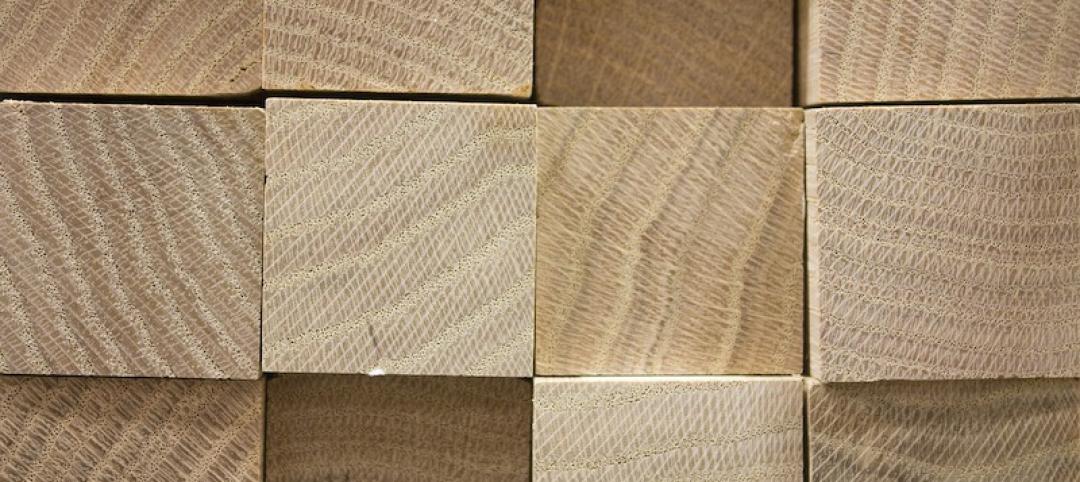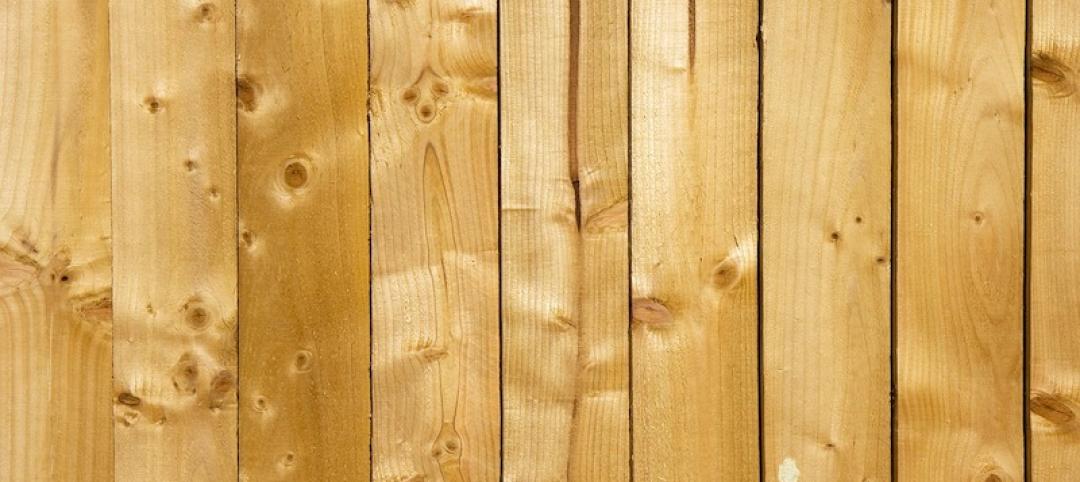Architect Butch Grimes, who examined the wreckage after a half-mile tornado struck Tuscaloosa, Ala., believes toughening building codes can reduce damage from twisters.
“The damage we had on the edges [of the tornado] could have been avoided with simple construction techniques,” Grimes told Scientific American.
The strongest hurricane winds on the coast can reach 180 mph, while the strongest tornadoes, category EF-5, have wind speeds of 200 to 250 mph. Tornadoes that strong are rare, with more common lower-category EF-2 or EF-3 tornadoes having wind speeds in the 100- to 150-mph range. The lower wind speeds, around hurricane strength, are most common on the edge of tornadoes.
“It’s probably not practical to design for EF-5 damage,” Grimes said. Weaker storms, however, can and should be designed for as coastal areas have been doing for years, he said.
Hurricane clips are one potential quick fix. In Alabama, the clips are required for buildings built within 5 miles of the Gulf of Mexico but remain optional farther inland. Reinforced windows could be another effective measure.
(http://www.scientificamerican.com/article/tornado-survival-could-improve-with-better-building-codes/)
Related Stories
Codes and Standards | Jul 23, 2020
North Carolina will stop relying on FEMA flood mapping
State will identify flood zones on its own.
Codes and Standards | Jul 22, 2020
New version of IAPMO’s Water Demand Calculator is available
Enhanced features include selection between single- and multifamily buildings.
Codes and Standards | Jul 22, 2020
Mobile app calculates sound transmission for wood-framed assemblies
American Wood Council tool for floor-ceiling assemblies.
Codes and Standards | Jul 22, 2020
Architecture billings remain in negative territory, begin to stabilize
Fewer architecture firms report declining billings this month.
Codes and Standards | Jul 20, 2020
N.Y. construction firm to pay $1.5 million to settle sexual harassment claim
Managers said to demand sex for pay and OT opportunities.
Codes and Standards | Jul 16, 2020
Tips to make optimal use of salvaged materials
Integrated teams, staging warehouse, and looking early and often, among recommendations.
Codes and Standards | Jul 15, 2020
Georgia gives the go-ahead for tall mass timber construction
Standards review scheduled to be completed by July 2021.
Codes and Standards | Jul 15, 2020
Softwood-lumber duties boost expenses amid COVID-19 outbreak
Little hope this year for resolution of trade dispute with Canada.
Codes and Standards | Jul 14, 2020
Metal Construction Assn. releases three EPD updates
Pertain to Metal Composite Materials, Insulated Metal Panels, and Roll Formed Aluminum and Steel Cladding.
Codes and Standards | Jul 13, 2020
5 must reads for the AEC industry today: July 13, 2020
4 technologies for improving building sanitation and tech's ever-evolving impact on the multifamily space.

















